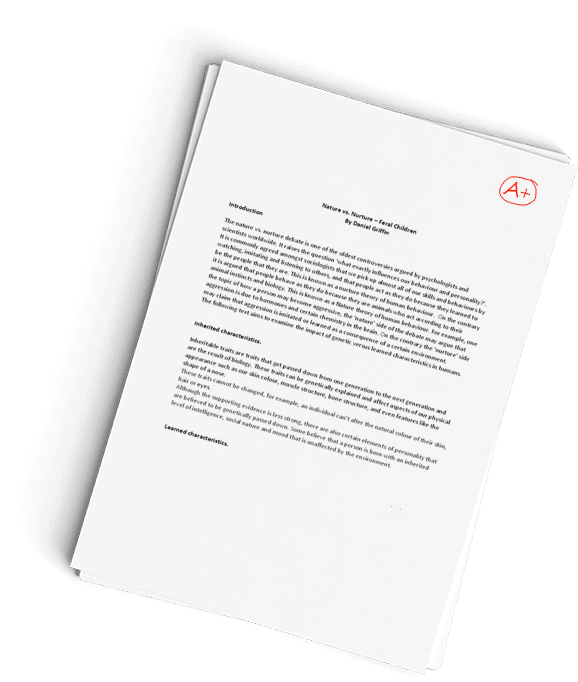Capella Quality Data for Operational Financial & Clinical Improvement Discussion
Health care quality is measured, trended, and reported on through several national efforts and many statewide and local efforts. This week, we explore the work of the National Committee on Quality Assurance (NCQA), a seminal private force in identifying quality issues, measurement, and reporting trends. The NCQA created and owns the Health Effectiveness Data Information Set (HEDIS). HEDIS is a health-plan level method of measuring quality. HEDIS data gathering is based on claims data. Claims are the bills that providers such as physicians and hospitals bill to a health plan. With the claims data, health plans are able to help measure certain types of quality provided at the physician level. HEDIS data is collected yearly with trends noted in a report called the State of Healthcare Quality.
Read text book Measuring Health Care: Using Quality Data for Operational, Financial, and Clinical Improvement by Yosef D. Dlugacz and the Internet to complete the following reading:
-Review Chapter 3, “Using Data to Improve Organizational Process,” pages 4164. These chapters were assigned in Unit 2. In Week 3, we continue to discuss organizational processes used with measuring health care outcomes.
-Review Chapter 4, “What to Measure and Why,” pages 6593. This chapter analyzes the whats and whys for measuring health care.
-Read the National Committee for Quality Assurance’s 2008 State of Health Care Quality. (https://www.ncqa.org). This will help you determine the trends of the HEDIS measure you choose to discuss in this unit and the next unit. This is a longer document to read, so focus your attention on the trends.
-Browse the contents of the National Committee for Quality Assurance’s 2009 HEDIS 2009 Summary Measures, Product Line and Changes (https://www.ncqa.org).
-Browse the contents of the U.S. Department of Health’s PQRI Measures List. (take a look at the table)
1. Data-Driven Organizations
Health care organizations rely on data to:
- Define value for their products, Improve market share,Maintain efficient use of resources. Ensure that patients receive evidence-based care, Reduce variation in treatment, Understand the relationship between intervention and outcomes, Communicate leadership goals, Compare one organization to other similar organizations across the country, Improve accountability of staff, Identify problems and evaluate solutions, Establish guidelines for delivery of care (Dlugacz, 2006, pp. 6364).
You are the CEO of an ambulatory care clinic. Your facility provides outpatient, orthopedic procedures. Your facility directly competes with the local hospital. The hospital participates in several quality initiatives and is accredited by The Joint Commission (TJC). The hospital has created care maps to ensure evidence-based care is provided to all orthopedic patients. Your facility is owned by a physician group. This same physician group also staffs the hospital. You are not aware of any types of care maps or evidence-based practice policies and procedures within your ambulatory clinic.
The hospital administrator is coming to meet with you in two days. This administrator is concerned about the financial loss of patients from the hospital due to the increasing trends of these patients being served by the ambulatory care clinic. The physicians have come to you to ask for a positive solution. What type of data will you collect? How will you respond to issues of quality? What do you project the outcome should be?
In a 250- to 300-word post, present an outline of the steps (in prioritized order) you will take to resolve this current issue.
2. Health Care Disparities
Providing care differently to those who may be of an ethic minority, speak a different language, or be of a different socioeconomic class, is a significant problem in the way health care is delivered and measured. Health care managers need to constantly be aware of the specific issues related to health care disparities.
Health care managers can use the Agency of Healthcare Research (AHRQ) as a resource. The AHRQ created a National Healthcare Disparities report to educate health care professionals in this area. Please review this report and any other resources you may locate related to healthcare disparities from the Internet. These resources will help you create your post.
You are the CEO of a major organization that manages multiple primary care clinics across a geographic area. Within your service area are two new groups of immigrants that represent Hmong people from Southeast Asia and Somali refugees from the war-torn African nation of Somalia. Further, in the summertime you also have a significant population of legally present Hispanic farm workers who bring their entire family to the area.
Considering the information from AHRQ, the Office of Minority Health, along with other sources, discuss how you will ensure that your organization provides quality medical care to those who are of an ethnic minority and likely have a language other than English.
Provide a 250- to 300-word post of the top three things you would do to begin to become a culturally competent health care organization.
Have a similar assignment? "Place an order for your assignment and have exceptional work written by our team of experts, guaranteeing you A results."








